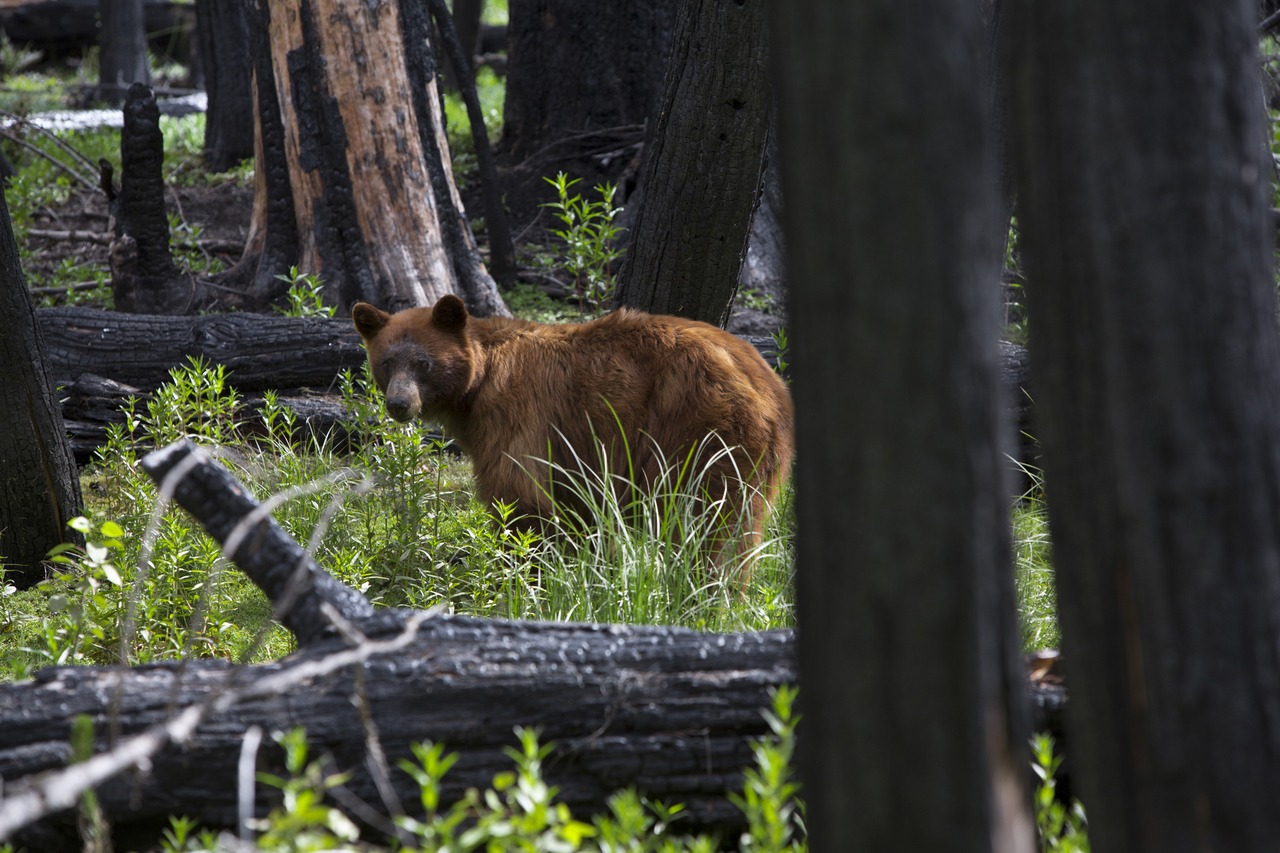*This is a 2018 archived project, view this year’s projects here.
For humans, roads enable easy access to large sections of Yosemite, from trailheads to vistas to the shores of Tenaya Lake. For wildlife, those roads can be deadly. At least 100 bears were killed in collisions between 1995 and 2018; hundreds more have been injured. Many other animals, including great gray owls and Pacific fishers, are also vulnerable to vehicle strikes.
In recent years, park experts have taken important steps to educate people about wildlife collisions. This grant provided another tool for their efforts: speed feedback signs, a tangible, proven way to prompt drivers to step on the brakes. With your support, the park installed digital signs at collision hot spots near Crane Flat. Your gifts also helped scientists study roadside owl habitat, examine how culverts help provide safe passage for a variety of wildlife species, and work on a new guide to reducing wildlife-vehicle collisions in the park.
Your support funded crucial tools and research to protect precious wildlife.
Completed in partnership with Yosemite National Park, Great Basin Institute, U.S. Forest Service Pacific Southwest Research Station, and University of California, Davis.

